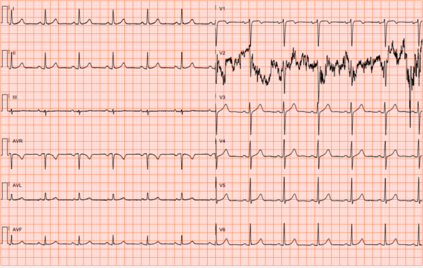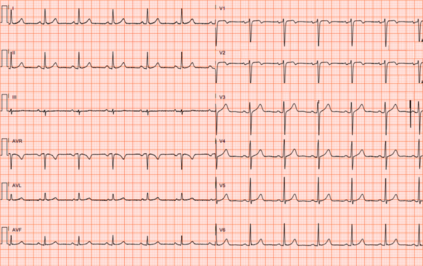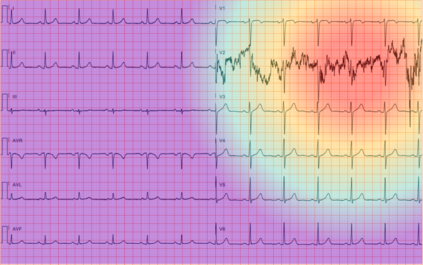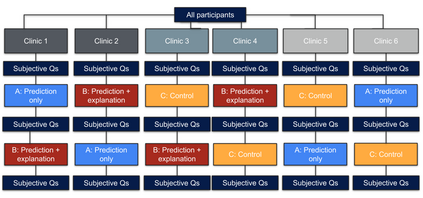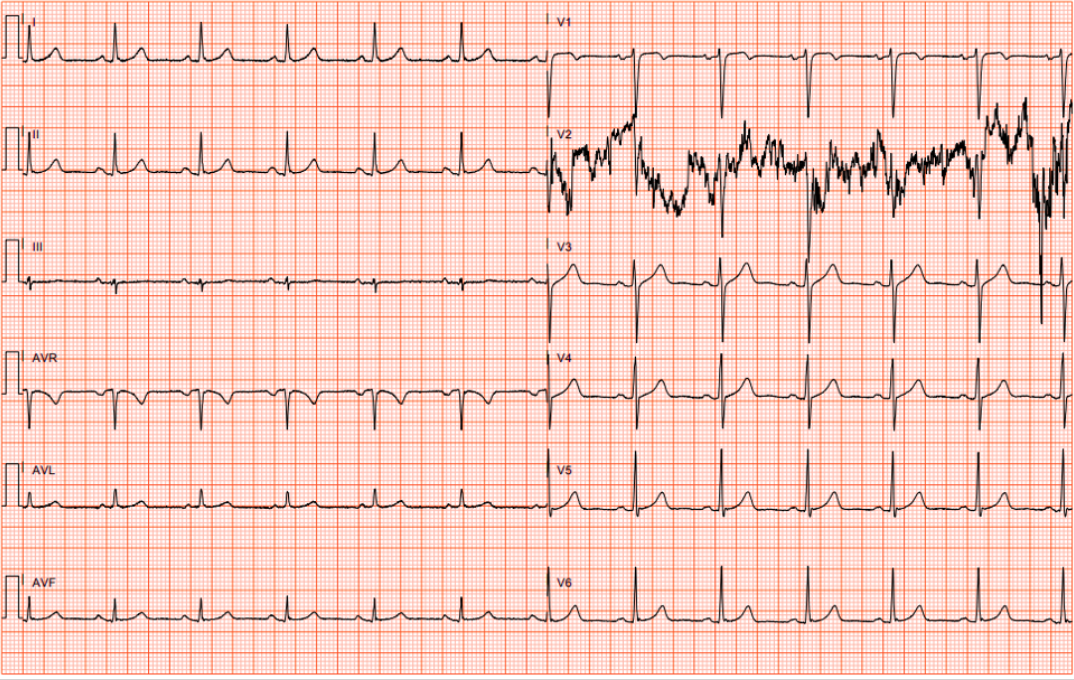When using medical images for diagnosis, either by clinicians or artificial intelligence (AI) systems, it is important that the images are of high quality. When an image is of low quality, the medical exam that produced the image often needs to be redone. In telemedicine, a common problem is that the quality issue is only flagged once the patient has left the clinic, meaning they must return in order to have the exam redone. This can be especially difficult for people living in remote regions, who make up a substantial portion of the patients at Portal Telemedicina, a digital healthcare organization based in Brazil. In this paper, we report on ongoing work regarding (i) the development of an AI system for flagging and explaining low-quality medical images in real-time, (ii) an interview study to understand the explanation needs of stakeholders using the AI system at OurCompany, and, (iii) a longitudinal user study design to examine the effect of including explanations on the workflow of the technicians in our clinics. To the best of our knowledge, this would be the first longitudinal study on evaluating the effects of XAI methods on end-users -- stakeholders that use AI systems but do not have AI-specific expertise. We welcome feedback and suggestions on our experimental setup.
翻译:当使用临床医生或人工智能(AI)系统进行诊断时,重要的是图像质量要高。当图像质量低时,产生图像的医疗检查往往需要重新进行。在远程医疗中,一个共同的问题是,质量问题仅在病人离开诊所后才被标出,这意味着他们必须返回才能重新做检查。这对于居住在偏远地区的人来说可能特别困难,他们构成巴西数字保健组织的Telemedicina门户网站病人的很大一部分。我们在本文件中报告正在进行的工作:(一) 开发一个实时标注和解释低质量医疗图像的AI系统;(二) 进行访谈研究,以了解利益攸关方在使用我们Company的AI系统时的解释需要,以及(三) 进行纵向用户研究设计,以研究将技术员的工作流程的解释纳入我们诊所的影响。据我们所知,这是关于评价XAI方法对最终用户的影响的第一次纵向研究,这些利益攸关方使用AI系统但并不拥有具体的实验性建议。

